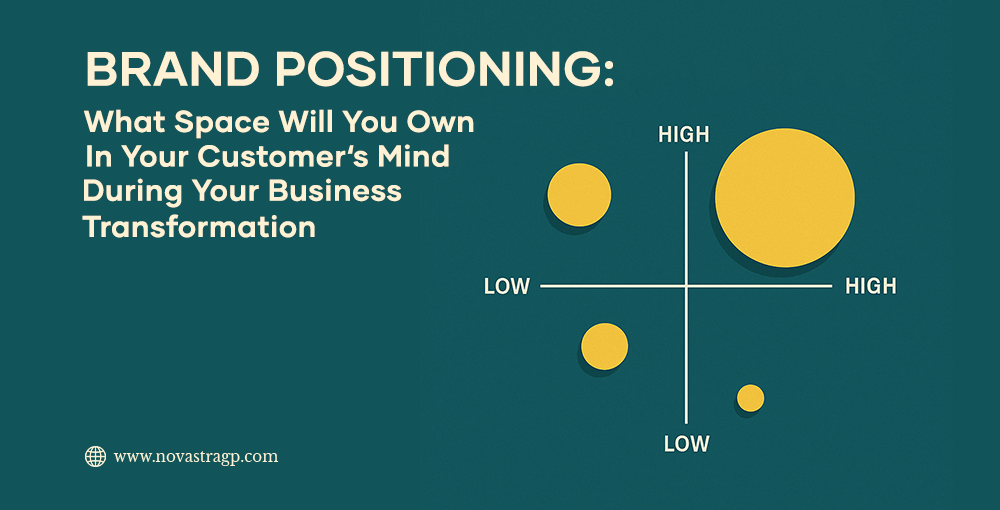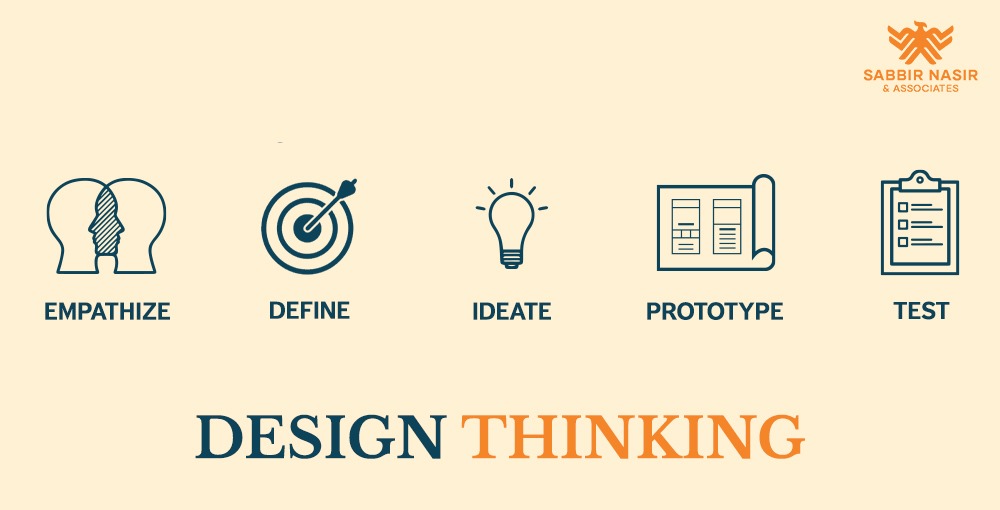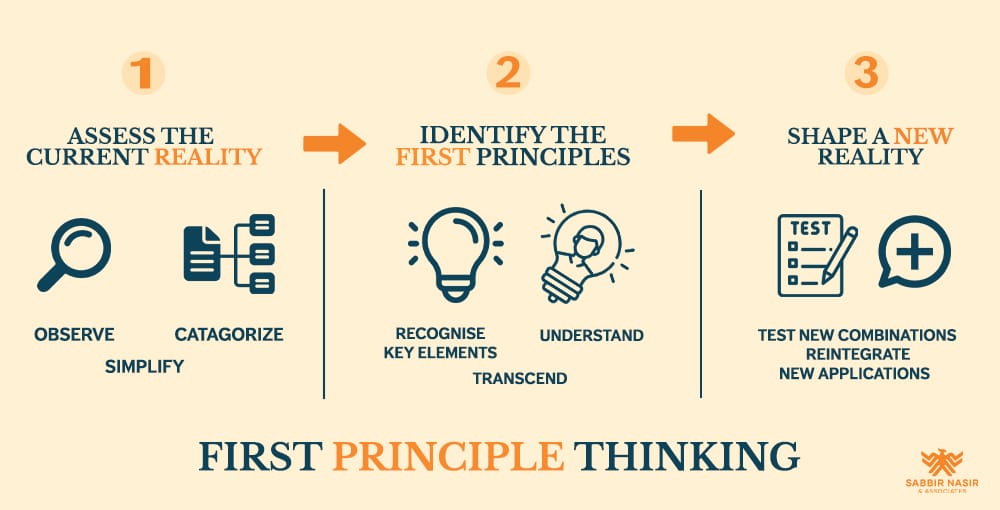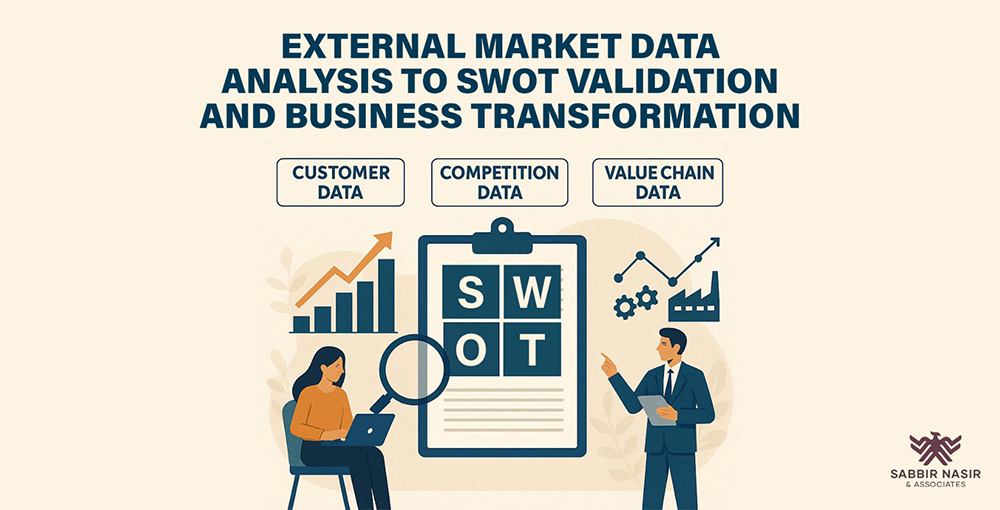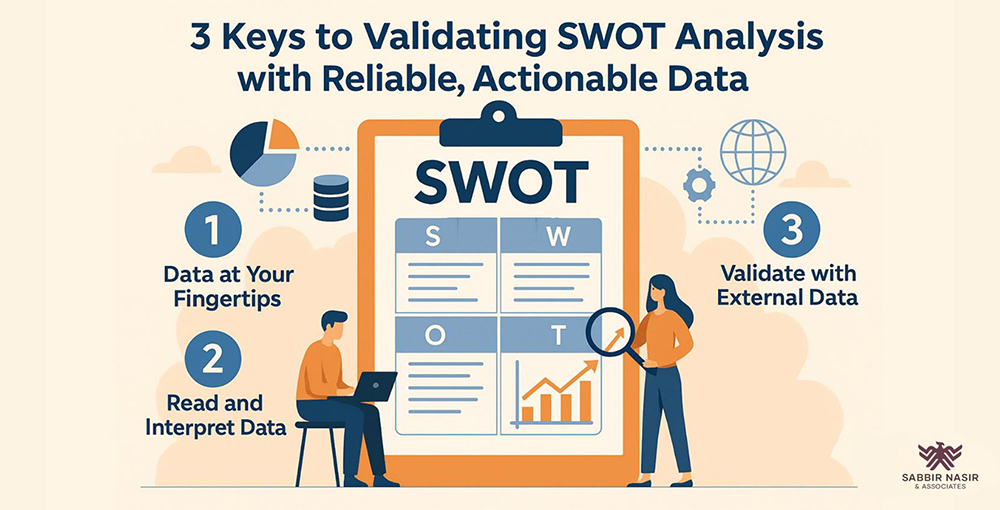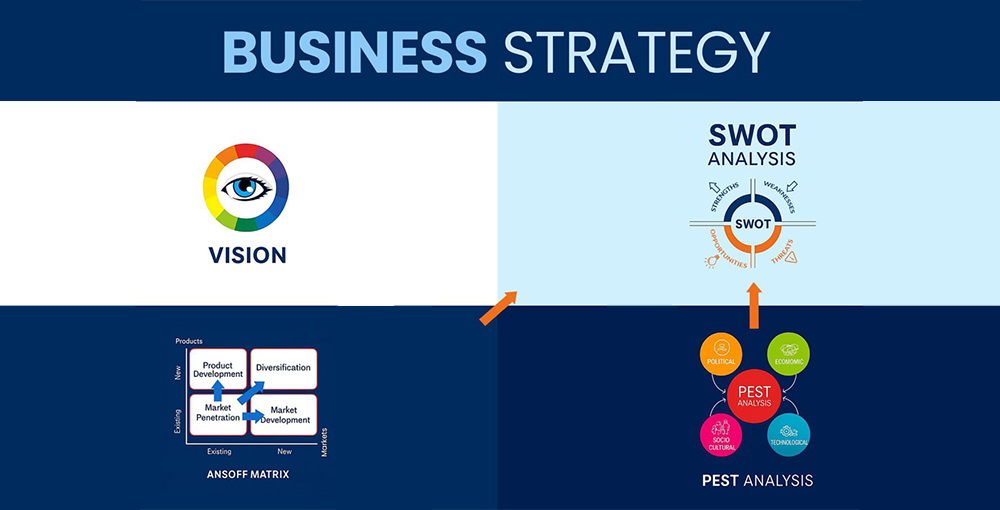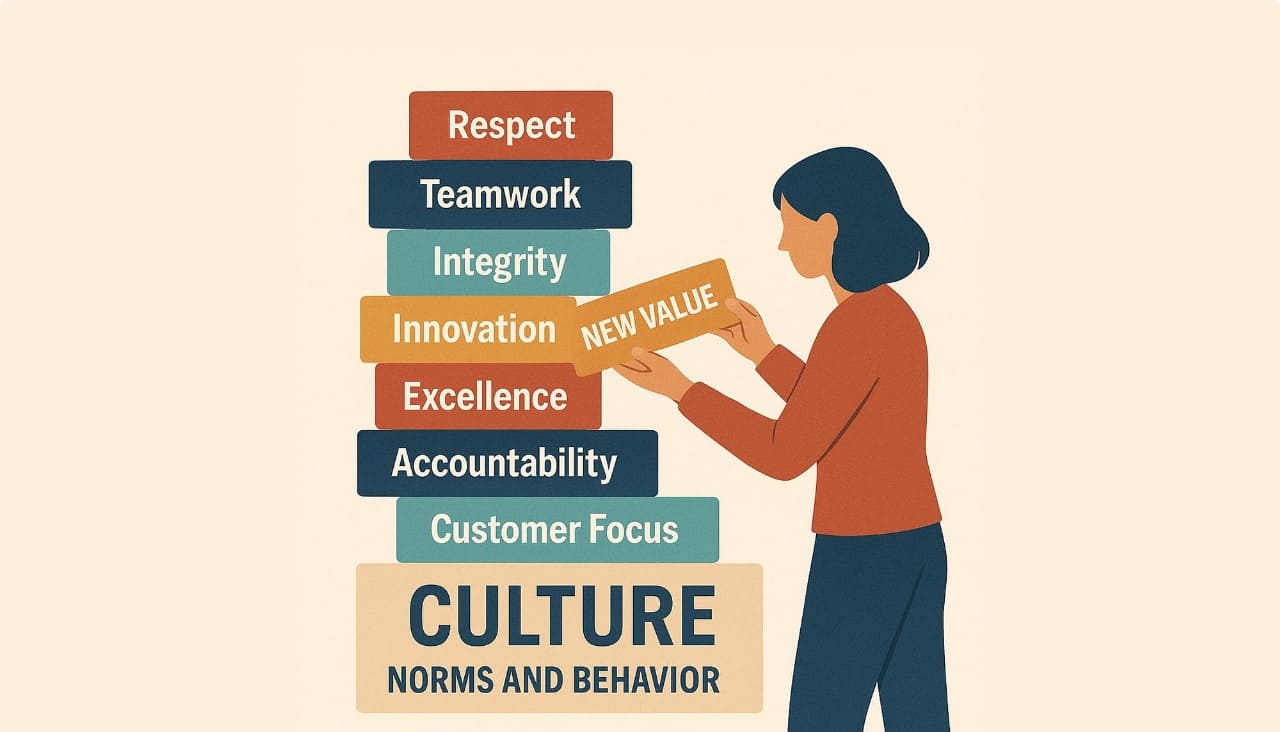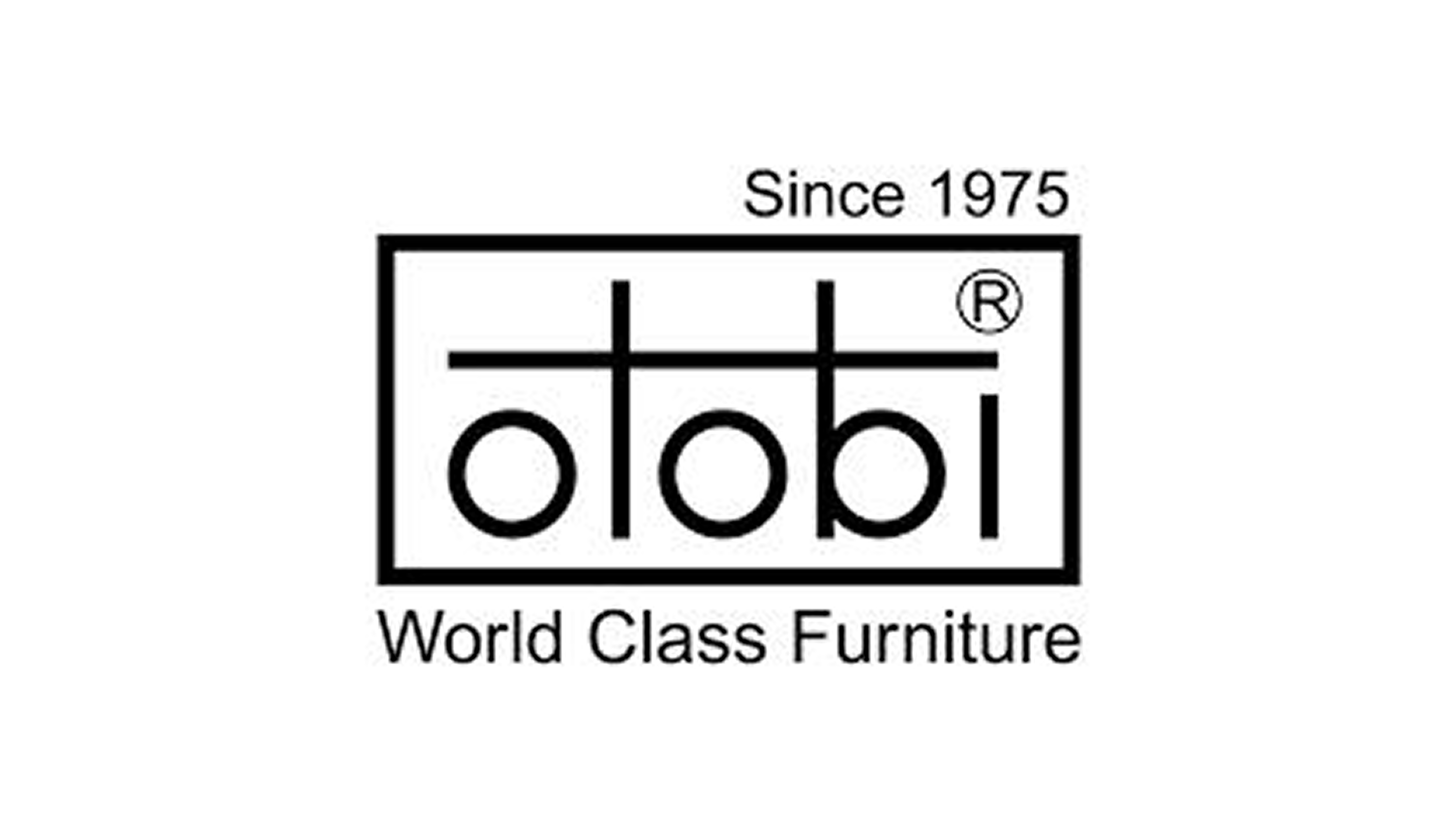How to Create a Self-Reinforcing Productivity Loop to Drive Sustainable Growth During Business Transformation
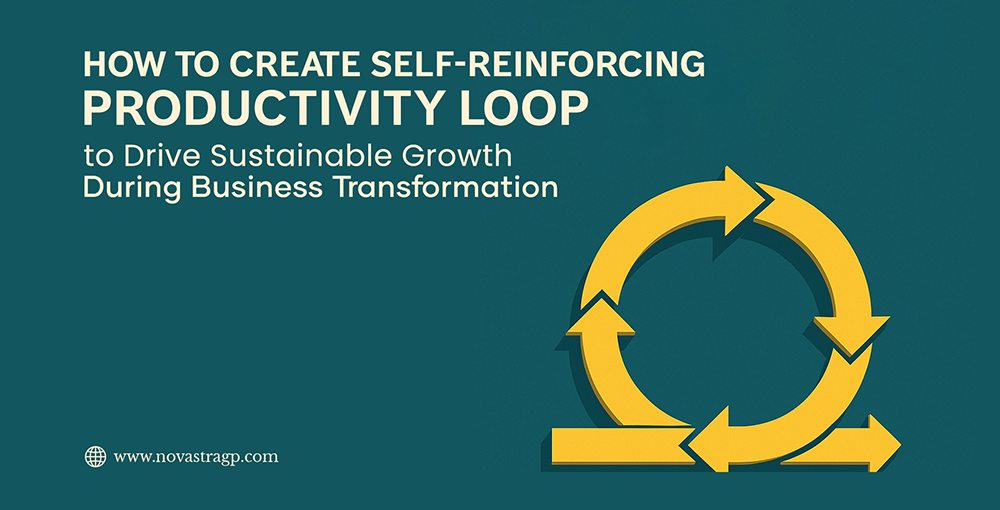
Summary: A company’s productivity loop, when properly monitored, measured, and balanced, can continuously reinforce a business system to increase performance and profitability. In this article, we discuss the importance of articulating a productivity loop, understanding the nodes, paths, and KPIs within the loop, and how a productivity loop can evolve during business transformation.
I was first introduced to the productivity loop concept by my MIT Sloan professor, John Sterman, author of the book Business Dynamics: Systems Thinking and Modeling for a Complex World.
In class, he demonstrated how a reinforcing loop, often with a balancing one – a process that returns a node or construct or KPI to its origin and continues in a cycle – can shape the performance of various business systems across an organization. We learned how identifying these loops and measuring KPIs tied to various nodes and paths make it possible for a business system to operate autonomously, driving sustainable growth and profitability improvements.
Understanding, Articulating, and Updating Productivity Loops
Later, I studied the productivity loops of Walmart and Amazon and realized they have got similarity but they are different. I observed that most businesses operate with productivity loops in some form but aren’t aware of them.
If a productivity loop is not articulated, the organization struggles to focus on fundamentals and understand which key performance indicators (KPIs) are most important. As a result, the process is limited, not reinforced, and the company cannot create systems capable of running on autopilot.
This is why I’ve always promoted the concept of productivity loops to continuously reinforce and improve performance, especially for founder-led companies seeking business transformation.
Productivity loops evolve over time based on changing market conditions, customer behaviors, and competition. Organizational leadership needs collective intelligence about the intricacies of system design, how to develop tools that articulate cause-and-effect relationships between nodes, and how to connect the dots to understand the impact on performance.
The Mechanics and Soul of a Productivity Loop
I come from a mechanical engineering background and see business from a mechanical point of view. But I’m also an artist with soul.
Like every component of the Sabbir Nasir Transformation Framework (SNTF), my approach to creating a productivity loop brings science and art together. We always align productivity loops with culture, vision, and values to achieve sustainable, meaningful business transformation.
From a mechanical perspective, think of your company as an engine. Each node of a productivity loop is a gear within the machine, with different variables impacting each other. These gears and variables must mesh smoothly for the engine to perform well.
When linked nodes become more efficient and positively impact each other, this creates a compounding effect and the entire loop becomes more efficient. When KPIs indicate improved performance, the net compounding effect becomes 1+1=>2.
That’s how growth and business transformation happen.
On the other hand, if we see that one of the gears is not working properly, we have to address it.
Is it the wrong type of gear? Is it broken? Is it the right fit but with too much friction? Based on what we find, we need to replace it, fix it, or lubricate it to remove friction and increase performance.
The Evolution of a Real-World Productivity Loop, Part 1
As a senior executive and business transformation consultant, I’m a pragmatist who values practical, real-world stories with full context that enable founder-led companies to apply productivity loops with confidence.
I currently serve as CEO of Shwapno, where I led the company’s business transformation into the largest grocery retailer in Bangladesh. Before that transformation, Shwapno struggled with low sales, low supplier confidence, low availability, low customer satisfaction, and reduced footfall.
This was part of a vicious loop that weakened the brand, reduced investor confidence, and continued to hurt sales instead of reinforcing productivity and growing sales.
To break this cycle and improve sales, we focused on improving category strategies and fundamental store operations to attract more footfall. As footfall and customer satisfaction increased, sales increased. This led to improved supplier confidence and availability, which reinforced sales growth.
Of course, the cause and effect do not happen overnight. This productivity loop was designed and implemented from 2012-2014 and played a critical role in Shwapno’s larger business transformation strategy.
The Evolution of a Real-World Productivity Loop, Part 2
The next evolution of Shwapno’s productivity loop came in 2016-2017, coinciding with the launch of well-designed, large-format stores. We opened mega stores and convenience stores that improved customer confidence and brand equity and increased footfall.
These nodes in our productivity loop led to not just supplier confidence improvements, but also increased bargaining power, higher gross margin, more availability, and the introduction of more differentiated products.
As footfall improved, profits increased and investors gained confidence. This provided Shwapno with the capital and resources to invest in additional stores.
The Importance of Measuring Productivity Loop KPIs
Today, Shwapno’s productivity loop is far more complex but still well-defined, which allows for detailed KPI measurement by correlation coefficient between various nodes and paths. We are able to determine:
· Which KPIs are most important.
· Which KPIs trigger other KPIs.
· Which components are and are not working.
· The root causes when KPIs are not met.
When you understand how your productivity loop is performing based on continuous measurement, you can build on strengths and address weaknesses. This allows you to create a self-reinforcing, self-sustaining flywheel that drives growth and profitability.
Informed Assumptions for the Future
At this stage of the SNTF, you have your strategy map and productivity loop. You have your vision and value proposition. You understand your culture and values. Now, you can make informed assumptions to develop short-term and long-term business plans.
For example, you can document assumptions about where your company will be in five years for a variety of metrics, such as:
· Brand equity
· Range of products
· Profit margins
· Supplier satisfaction
· Churn rate
· Labor cost productivity
· Utility costs
These assumptions can be included on your financial statements to paint a clear picture of the health and potential growth of the company to investors. Remember, companies secure investors by selling the future, not the present.
With the insights gained from your productivity loop and other essential tools during your transformation journey, you can define your future with solid, data-informed assumptions that investors, and your team, can believe in.



